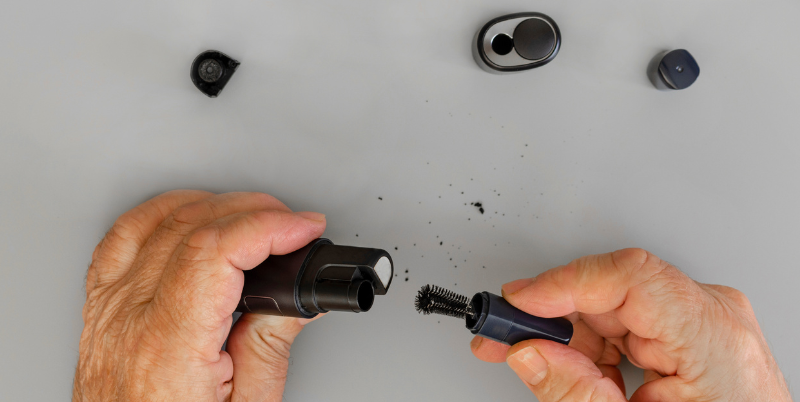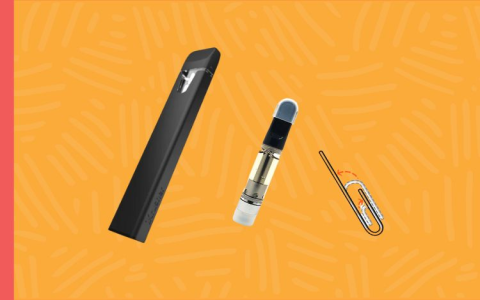Understanding Electronic Cigarette Heaters
The heater, often referred to as a coil or atomizer head, is a critical component in an electronic cigarette. Its primary function is to aerosolize e-liquid, converting it into an inhalable vapor.
Core Composition and Materials
The central element of the heater is the coil, typically a wire wound into a spiral or configured as a mesh. Common materials for these coils include:

- Kanthal (FeCrAl alloy): Widely used for its durability and stability in wattage mode.
- Nichrome (NiCr alloy): Known for a faster ramp-up time compared to Kanthal.
- Stainless Steel (SS): Versatile, usable in both wattage and temperature control modes.
- Titanium (Ti): Used primarily for temperature control due to significant resistance changes with temperature. Caution is advised as overheating can produce titanium dioxide.
- Nickel (Ni200): One of the first wires used for temperature control, also requires careful handling.
Modern heaters may also incorporate ceramic elements, either as a wicking material surrounding a coil or as the heating element itself, praised for longevity and flavor purity.
Operating Principle
The heater functions based on Joule’s law of heating. When the device is activated, electrical current from the battery flows through the coil. The coil’s electrical resistance causes it to heat up rapidly. This generated heat is then transferred to the e-liquid, which is typically held in a wicking material (e.g., organic cotton) in close contact with the coil. As the e-liquid reaches its vaporization point, it transforms into an aerosol.
Types of Heating Elements
While various designs exist, common types include:
- Standard Wrapped Coils: Traditional wire wrapped around a wicking material.
- Mesh Coils: A strip of perforated metal (mesh) offering a larger surface area, often resulting in more vapor and intense flavor.
- Ceramic Coils: Utilize porous ceramic material to absorb e-liquid and heat it, sometimes with an embedded or surrounding metallic heating element. They are often marketed for improved flavor and coil longevity.
- Quartz Coils: Less common in e-liquid devices, more prevalent in concentrate vaporizers, known for rapid heating and clean flavor.
Key Performance Factors
Several factors influence the heater’s performance:
- Resistance (Ohms): Lower resistance coils generally heat up faster and produce more vapor at higher wattages, while higher resistance coils typically require less power.
- Surface Area: A larger surface area in contact with the e-liquid generally leads to increased vapor production and flavor intensity.
- Mass & Ramp-up Time: The thickness and type of wire affect how quickly the coil heats up (ramp-up time).
- Wicking Material: The efficiency of the wicking material in supplying e-liquid to the coil is crucial for consistent performance and preventing dry hits.
Maintenance and Lifespan
Electronic cigarette heaters are consumable components with a limited lifespan. Performance typically degrades over time due to e-liquid residue buildup (gunk) or coil oxidation. Lifespan varies based on usage, e-liquid type, and power settings. Most heaters are designed to be replaceable, although some rebuildable atomizers allow users to build and install their own coils and wicks.










